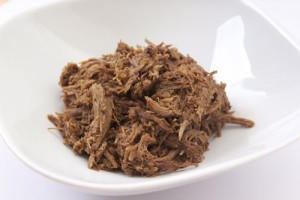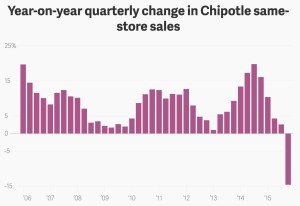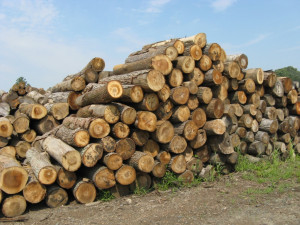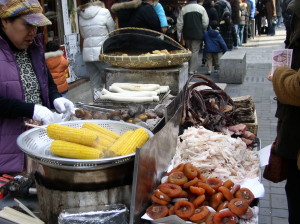The source of an outbreak at the aptly-named Pizza Ranch is a mystery. But it appears to be linked to skillet dough used in some desserts.
Dough and E. coli O157 have been a pair in the past – raw prepackaged Nestle cookie dough caused 72 illnesses in 2009. Flour was thought to be the source.
The Des Moines Register, based on initial reporting by Food Poisoning Bulletin, quotes Brittany Behm, a spokeswoman for the federal Centers for Disease Control and Prevention. Behm says the outbreak stretches back to December and includes 13 cases.
Nine of the people said they recently had eaten at Pizza Ranches, she said. Two children, in Kansas and Nebraska, suffered kidney failure and had to be hospitalized. They have since recovered, Behm said. None of the patients died.
David Werning, a spokesman for the Iowa Department of Inspections and Appeals, said Iowa officials picked up samples from Pizza Ranch restaurants in Denison and Sergeant Bluff, then forwarded them to federal investigators. No E. coli bacteria were found in those samples, he said.
Pizza Ranch released a statement Wednesday morning from its Chief Administrative Officer Ryan Achterhoff:
“Since late January, we have been assisting public health officials who are investigating 13 cases of illness attributed to a specific strain of E. coli O157 bacteria. Nine of the affected individuals reported having eaten at nine different Pizza Ranches in seven states. There are also individuals multiple states away from the nearest Pizza Ranch that reported not eating at Pizza Ranch that have the same strain of E. coli O157, though health investigators have not been able to pinpoint how they contracted the strain. The most recent reported illness related to this outbreak reported eating at one of our locations on January 30, 2016. The Centers for Disease Control and Prevention has told us that it believes the outbreak is concluded.
“We removed our Skillet Dough mix immediately from use in response to information suggesting that this product was a possible common factor in the illnesses and subsequently expanded this product withdrawal to include our Original Dough mix.
“The fact pattern shows that the source of bacteria originated from an outside supplier rather than at our restaurants. Several states collected products from Pizza Ranch restaurant locations to test for the presence of E.coli O157 though it was not found in any products tested. Pizza Ranch independently ran over 40 tests on different products to test for the presence of E. coli O157 and it was not found in any products tested. We provided public health investigators with a list of all of our ingredients as well as contact information for our ingredient suppliers. We also contacted the supplier of our dough mixes regarding this issue with the request that they cooperate with state and federal health officials.
“In addition, we instructed all Pizza Ranch locations to complete a special, precautionary cleaning of all surfaces and equipment used in dough preparation or service. Our franchisees and their team members responded with professionalism and great attention to detail. As a result, we continue to have absolute confidence in the quality and wholesomeness of every item we serve. All Pizza Ranch locations are open and serving their full menu.”
Blaming suppliers for this seems odd. Pathogens come into restaurants all the time. Limiting cross contamination and ensuring that cooking methods (like how they prepare the dessert pizza) are things Pizza Ranch needs to control.









 Every two weeks or so, Ben and Don get together virtually and talk for about an hour.
Every two weeks or so, Ben and Don get together virtually and talk for about an hour.
